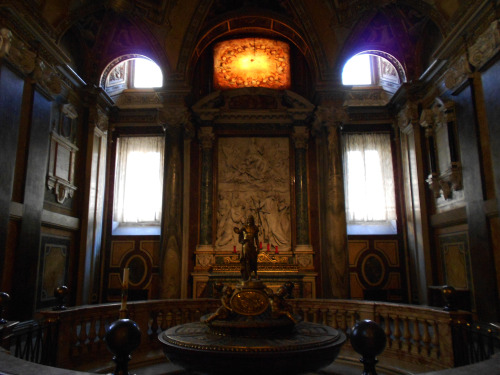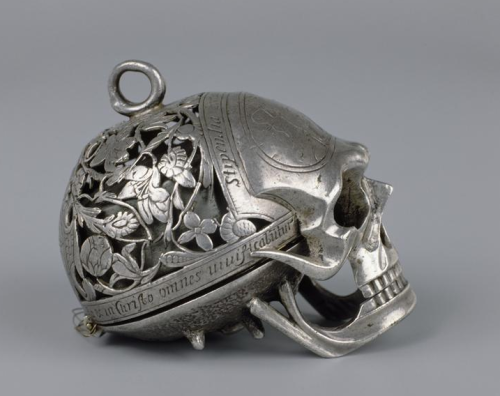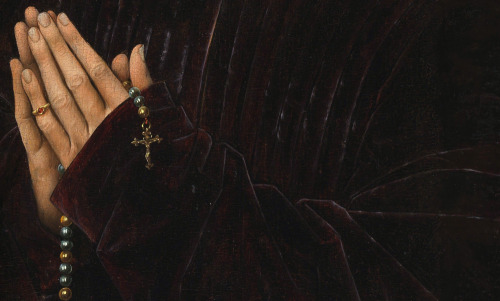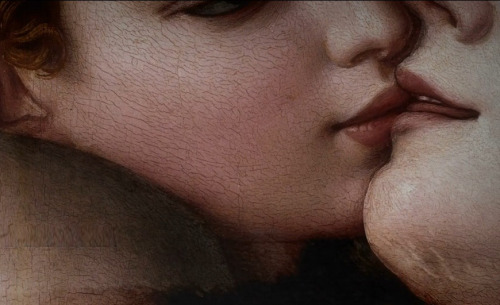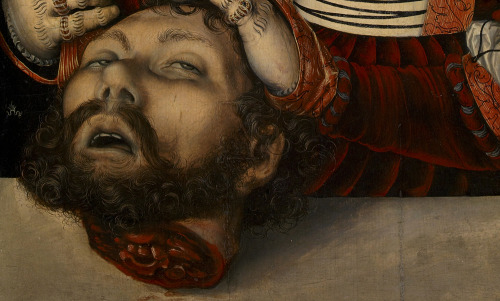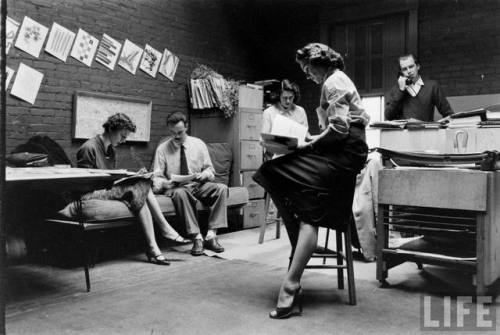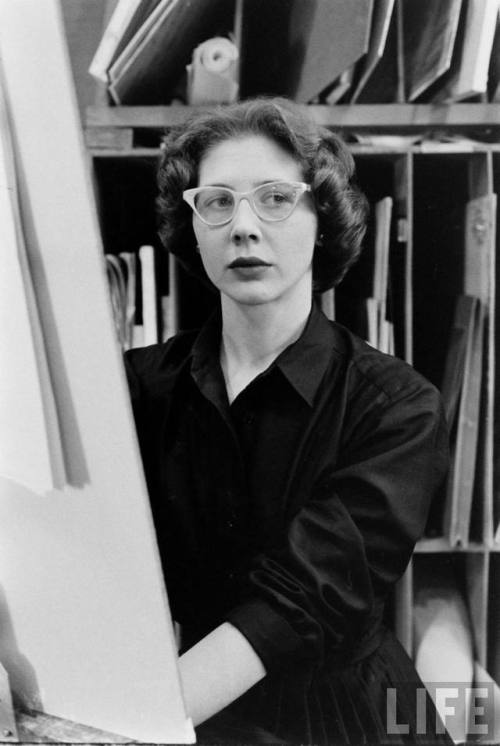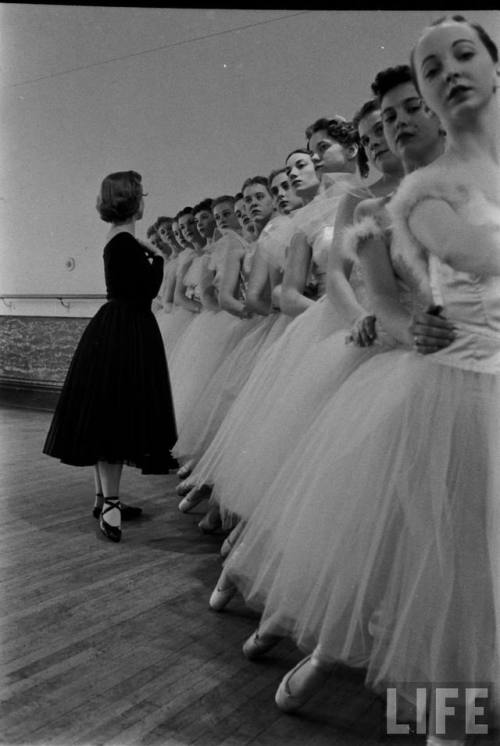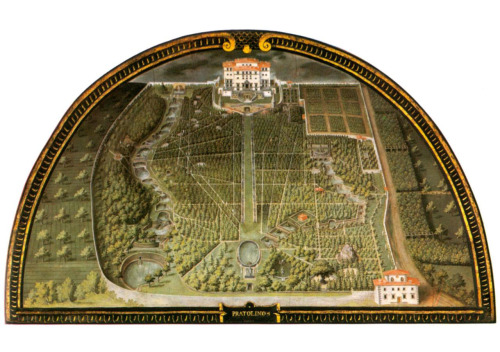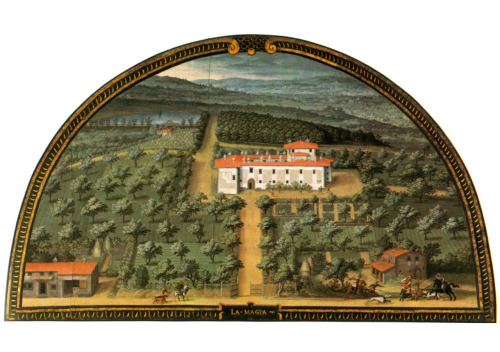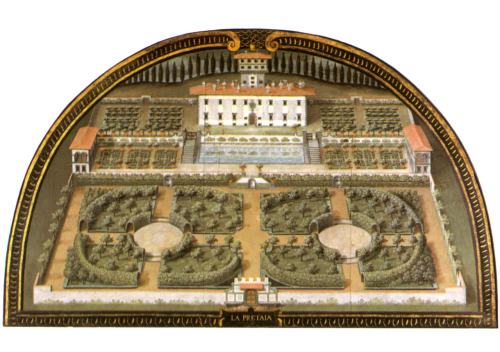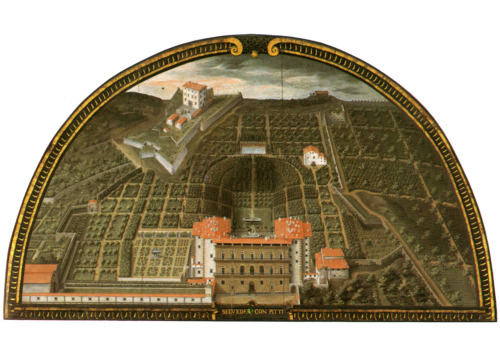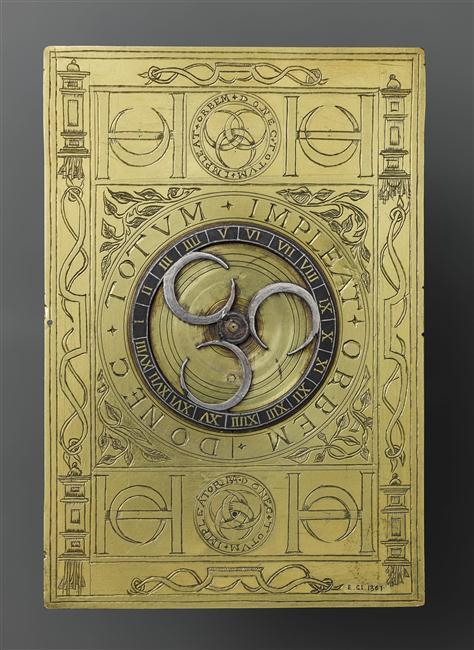#renaissance
Memento Mori watch owned by Mary, Queen of Scots. 16th century. Engraved along the base of the skull is a verse from Horace: “Pale death visits with impartial foot the cottages of the poor and the castles of the rich.“
Post link

Tudor-inspired Ladies
Girlfriends, witches, or both


-Philippo di Vadi, 1480s


Mary, Queen of the World Cathedral, Montreal, Quebec
its so wild to me that the medici family still exists. motherfuckers are old money
people on twitter are like “you have generational wealth if your parents buy you groceries” meanwhile these bitches are living in beverly hills mansions bought with their great great great grandpappys investment banking money from 1378
This has all the earmarks of an arts magazine staff going over latest submissions
(Alfred Eisenstaedt. 1957?)
Post link

The Young St. John the Baptist, Antonio Rossellino, ca. 1470
ReadingThe Verge: Reformation, Renaissance and the Forty Years that Shook the World.
I do not like this form of history. Admittedly I’m still only on the introduction, but it’s still rebarbative.
The author – Patrick Wyman – takes as their opening the sack of Rome in 1527:
Bleary-eyed and barely dressed, stumbling through the streets, thousands of Romans shaken out of bed
There were you? Or maybe you have a primary source? Quote them if so! They’re bound to be more interesting than this journalese that smacks of ‘relevance.’
Later, it seems as though there might be a source, from a footnote, but it’s still secondary – Judith Hook’s Sack of Rome, which may well be authoritative and contain primary sources, but this all feels very ersatz. Quote the texts from whence you get your imaginary - this is not reportage. the texts are part of the fabric of the history you are making.
Around 1490, four decades before the Sack of Rome, Europe was a backwater.
The growth and impact of Europe’s rise make up the dominant historical processes of the last half millennium. Any understanding of our world that does not take these processes into studied consideration is incomplete: The legacies of colonialism and European domination are visible in every aspect of twenty-first-century life, from patterns of trade and economic development to sports and entertainment. Nobody looking at the world in 1490 would have thought that future likely.
My goddam italics. Is it really meaningful to write like this? I’d much rather understand what conceptions of the future people at that time did have. But no, a notion of Europe in the 21st century probably wasn’t among them. Horrible 'relevance’ again.
And of course the journalistic manner is so misplaced. It’s worth reading William Blundell’s The Art and Craft of Feature Writing for the actual planning and structure of journalism that leads to its manner. This is secondary journalistic style.
Besides, Braudel, who I trust more, even if it is in his slightly quixotic Out of Italy is keen to stress that Europe was nota backwater, even the 1450s:
One should not leap to the conclusion that “backward” western Europe was simply dominated by an Italy that was if not inimitable certainly consistently superior. Western Europe should not be regarded as underdeveloped or more rustic than it actually was. Indeed, if Europe was a land of opportunity for the Italians, it was because it represented an up-and-coming economy and civilisation on which it was possible to base profitable superiority.
Lucas Cranach the Elder - Saints Genevieve and Apollonia, 1506
German, 1472-1553
Oil on lime
Post link
Measuring instrument, 16th century Renaissance
monogram, King Henri II, emblem, brass and silver
Post link
Décor de croissant jaune sur fond bleu, emblême des Piccolomini. Provient de la “Libreria” de la Cathédrale de Sienne, vers 1507
16th century Renaissance, earthenware
Post link



